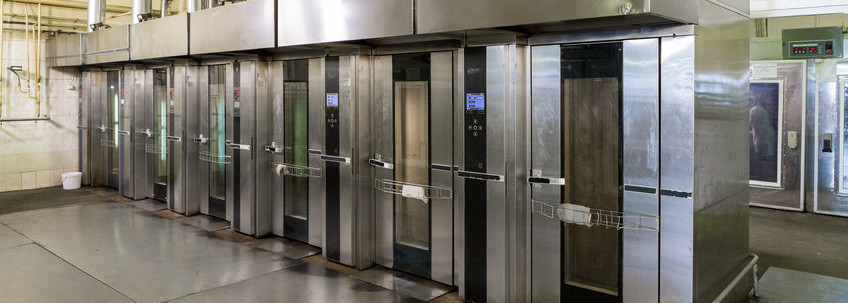
Four Oven Baking Parameters
Temperature: The most understood and the easiest to control. It’s the dominating factor in baking mechanisms including gelatinization, enzymatic reaction, and browning reaction.
Air Velocity: the measurement of airflow in the oven. It influences the baking time, firmness, weight loss, and color of baked products.
Heat Flux: the amount of energy transferred per unit area per unit time from or to a surface. It has three components: radiation, convection and conduction. Both the total amount of heat flux and the different ratios of the three components influence the baked product’s quality.
Humidity: This influences the energy (in the form of heat) transferring into the food, which causes starch gelatinization, enzyme reaction, etc.; and the moisture migrating from product interior to the surface and evaporating.
How are the four parameters related?
The four oven baking parameters are interrelated. They work together to control the final product quality. Air velocity influences convective heat flux. In one study, when oven air velocity changed from 0 to 1 m/s in an experimental electric oven kept at 300 oC (572 oF), the convective heat flux increased about 4.5 times, from 3.2 to 14.5 kW/m2. Humidity can be controlled by air velocity and temperature. As the temperature increases, the capacity of the air to hold moisture increases.

